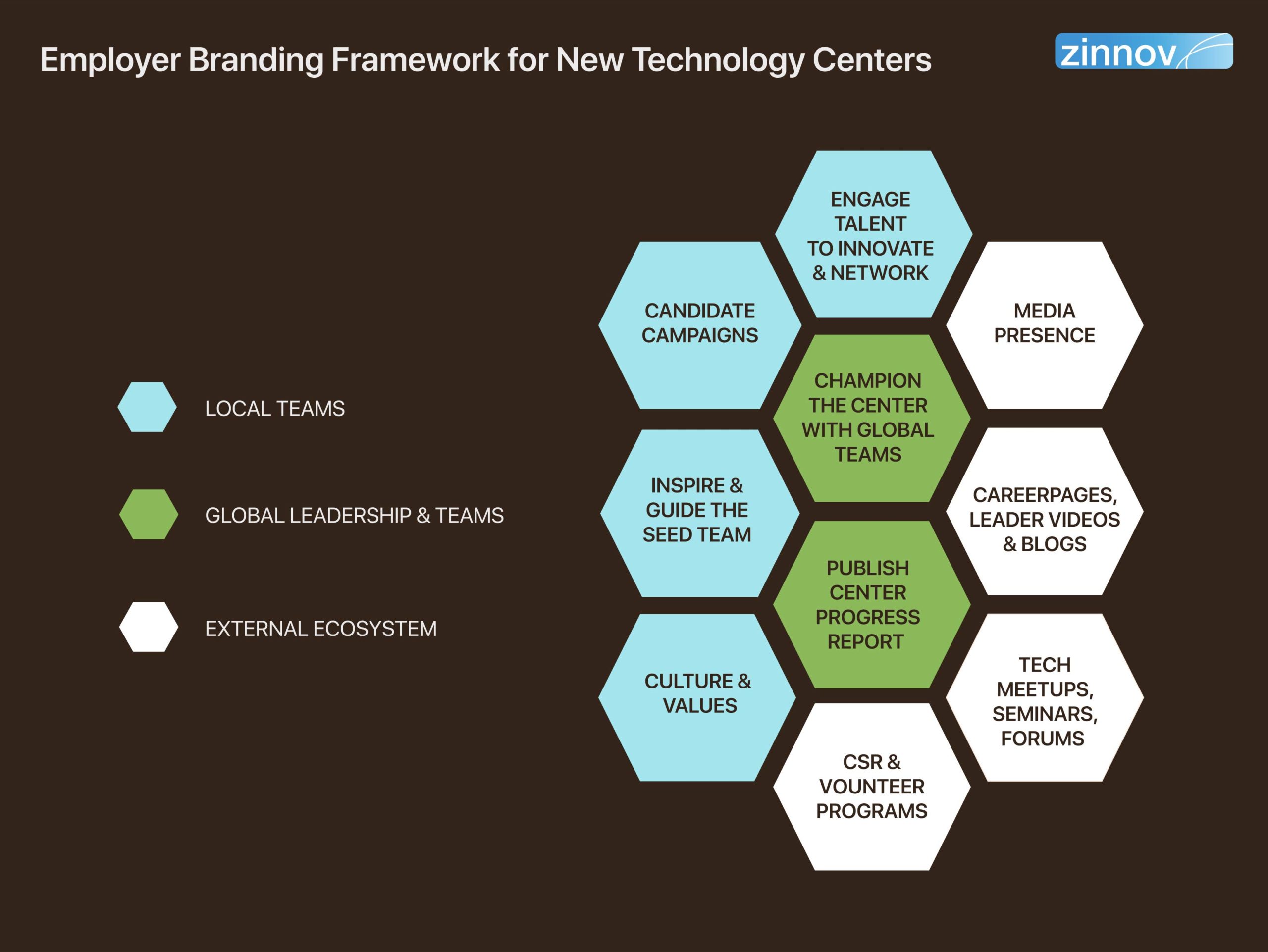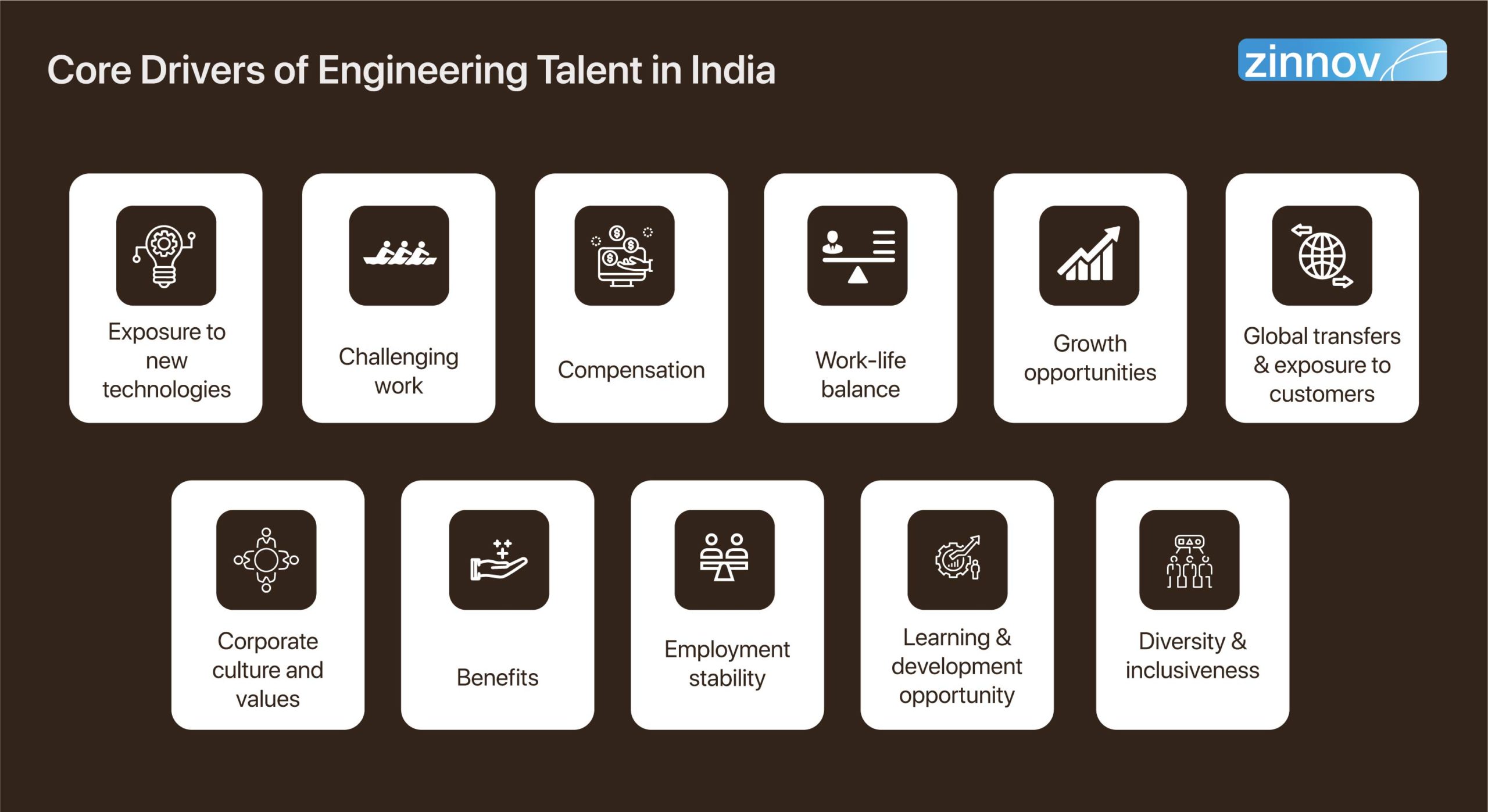|
|
Today, we are not all just sailing in the same boat, but it would be more apt to say that we are sailing in the same storm. Undeniably ruthless and relentless, COVID-19 has left economies, companies, and people – all struggling for a life raft. As companies grapple with the ‘next normal,’ they are acknowledging that it is people and their resourcefulness that will help them stay afloat.
For companies that are growing or have recently set up shop in a global location, the ability to create a strong employee value proposition (EVP) and a distilled employer brand will be key. And it’s doubly so in uncertain times like COVID-19, because over the years, employer brand and employee engagement have become synonymous.
“A word is a word, and a picture is worth a thousand… but a brand is worth a million.” – Tony Hsieh, Zappos
For many companies that have decided to leverage globalization as a strategic route for talent, innovation, and access to market, building a brand is often an onerous task. In the current business climate, many companies are also using globalization as a lever to create distributed teams for business continuity, gain access to newer markets less impacted by COVID-19, diversify risk, and optimize their supply chain and also costs. Even in this case, to extract true value from the global locations, the talent that they need attract is critical, making employee branding the scaffolding that is needed for value creation.
A recent LinkedIn survey showed that 80% of talent acquisition managers believe that employer branding has a significant impact on the ability to hire great talent. Irrespective of whether a company is hiring or reducing its workforce, behaviors displayed during these times help reinforce the EVP. In a market fraught with challenges such as financial runway issues, changing customer preferences, and cost pressures, there are companies that continue to recruit for talent in niche technology areas such as Cloud Computing, Cybersecurity, and Data Sciences.
For multinationals setting up GCoEs in India, forming a strong team to quickly get off the ground and start building products is imperative. However, many of these companies may not have a local market presence or could be B2B only businesses. Hence, their brand presence and recall in the local ecosystem could be very minimal. Given the current COVID-19 situation where meeting prospective employees is a challenge, a robust communications plan and a seamless virtual hiring experience are absolutely critical in attracting top talent. The first touchpoint for the brand begins here.

A holistic approach (including external and internal) towards brand building will enable new engineering centers achieve rapid growth to maturity and excellence. This 5-step process of employer brand building will help newly set up GCoEs to establish themselves as employers of choice.
Communicate the ambition of how the initial team members will shape the future of the center. These are technology leaders whose teams shall play a significant role in developing products for the global organization, from the GCoE.

Design communication that reflects the company ethos and is targeted towards the potential talent pool. Ensure that the leadership team is active on social media and communicating the company’s core mission and center’s purpose. Share the aspirations of the GCoE with various leaders at HQ to inspire them about the prospects and potential of the new center.
Publish leadership videos on various forums and platforms such as company career pages, LinkedIn, Glassdoor, and GitHub. Organize virtual interactive sessions between prospective seed team candidates and the leadership team. Create well-designed corporate brochures for recruitment partners to establish the company’s brand in the local ecosystem.
Empower the seed team to become the flag bearers of the GCoE in the local ecosystem. They should champion the next wave of growth as they refer the best in their peer network to become a part of the organization. They are the architects of the center as they play an integral role in its growth journey. While building products and having end-to-end ownership of work is imperative, encourage leaders to own other aspects of growth, such as innovation mandates, ecosystem connects, and university partnerships. This helps in fostering an empowering workplace by placing trust in leaders, encouraging bold leadership through risk-taking and creativity, and developing role models for the organization.
As a digital-first organization, build policies and practices to enable remote working while adhering to organization-wide security standards. The redefinition of a workplace in a post-COVID era requires seamless access to teams, technologies, and customers, irrespective of the location. Educate employees on the importance of data security and its impact on customer trust. Communicate Work From Home policies and how teams can leverage it best to ensure project timelines, team collaboration, and employee engagement are not impacted.
Introspect on the overall growth of the center over the first 6 months and identify areas for improvement and course-correct where required.
Recognize quick wins and communicate success stories across the organization. Conduct town hall meetings to spread cheer and rally all employees with the vision of the organization. These are perfect avenues to recognize key employees who have made an impact in establishing and growing the center. Further, publish an internal newsletter to keep all key stakeholders informed and interested about the progress at the center, including achievements and focus areas for the upcoming quarter.
Expand mindshare by communicating company’s best practices with the larger ecosystem through targeted media outreach and participation in forums such as conferences, workshops, webinars, etc. These platforms also help leaders build their own brand in the local ecosystem. Respond to anonymous employee reviews on public sites. As per Glassdoor, 62% of users agree that their perception of a company improves after seeing an employer respond to a review.
Run campaigns to ensure that employees actively participate in global hackathons/projects and contribute to IPR development. Organize well-orchestrated India center tech conferences/workshops and facilitate participation from global teams to enable cross-learning.
Corporate social responsibility (CSR) activities are a great way to not only involve employees to volunteer and be a part of the community, but also establish trust and credibility in the local ecosystem. An extension of trust building in the ecosystem is through university hiring and campus branding opportunities. This also ensures a steady talent pipeline availability every year.
While most tenets of building an employer brand remain constant, during times of distress, the ways to manifest the same become diverse. Higher engagement levels, importance to employee well-being and health, and empathy become paramount, especially as employees learn to adapt to working remotely. Companies that engage well during times of crises will set themselves up for success as businesses slowly crawl back to normalcy.